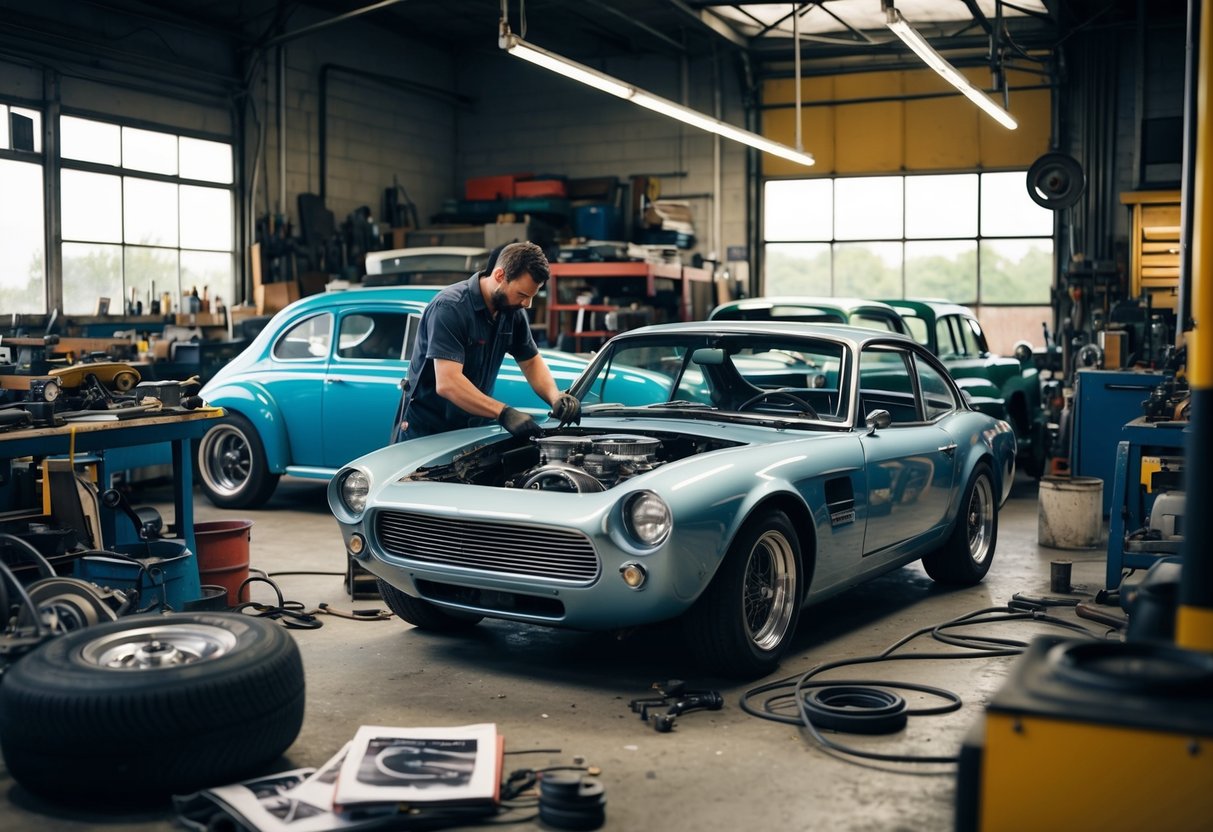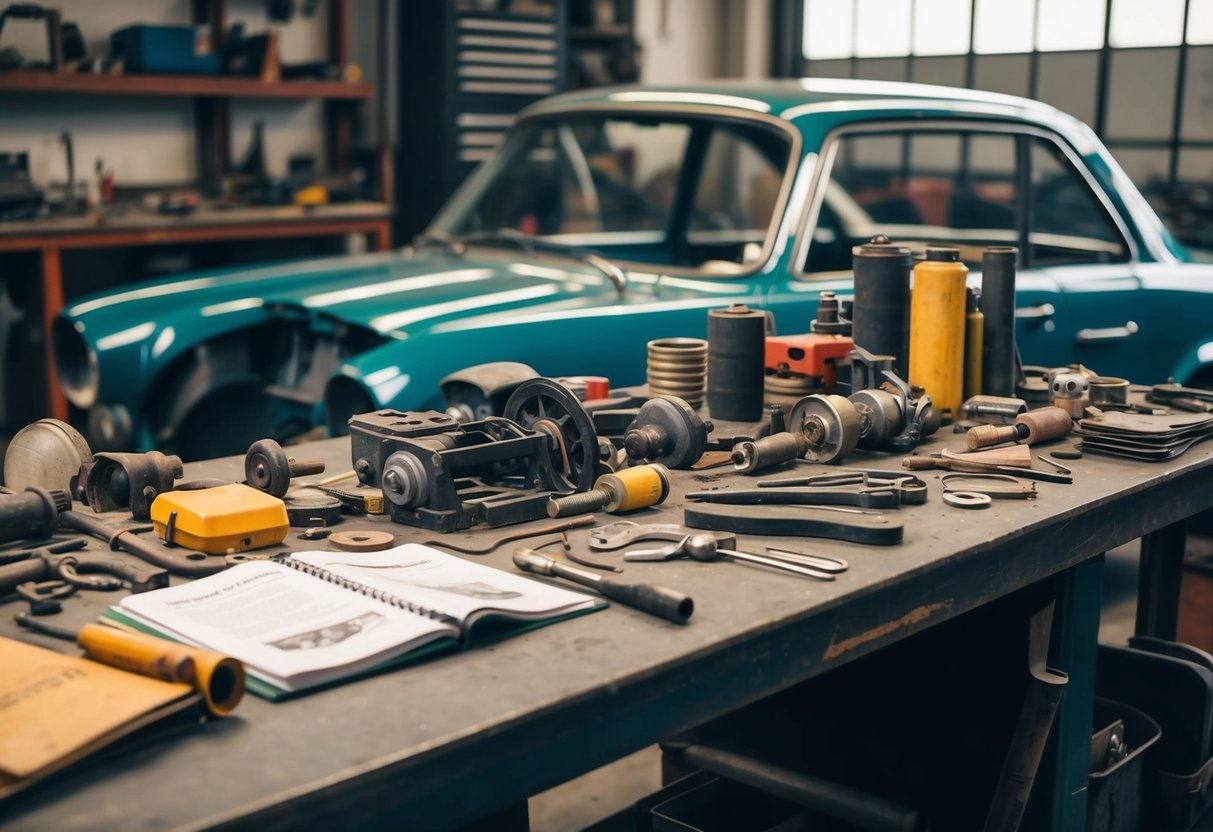
Restoring classic cars is an intricate process that demands both passion and precision. It enables enthusiasts to bring the charm of vintage vehicles back to life, preserving the rich automotive heritage they carry. The allure of breathing new life into these machines forms a bridge between history and innovation, making it a revered endeavor among collectors and restorers.
Undertaking a classic car restoration project requires a thorough understanding of its history, original specifications, and the tools and techniques needed for the job. Skillful restoration ensures that the vehicle maintains its authentic appeal while incorporating subtle modern enhancements for improved performance and safety. The process is not just about fixing what’s broken; it’s about crafting a piece of history that can still thrive on the roads.
Classic car enthusiasts often find themselves drawn to the garage, where patience and meticulous attention to detail are rewarded. The satisfaction of overcoming restoration challenges and the joy of witnessing a well-preserved classic car take to the road are unparalleled. Whether a seasoned restorer or a novice, the journey through classic car restoration offers both invaluable lessons and unforgettable experiences.
Planning Your Restoration Project
Successfully executing a classic car restoration project requires careful preparation. Establishing a comprehensive plan, assigning a realistic budget, and maintaining meticulous records are crucial components for keeping the project on track.
Developing a Comprehensive Restoration Plan
Creating a well-organized restoration plan is the first critical step. The plan should outline the stages of the restoration process, approximate timelines, and the resources needed. It starts with a thorough assessment of the project car to ascertain which parts need repair or replacement. The plan should include sourcing original or compatible replacement parts and identifying skilled professionals who may contribute specialized expertise. This strategy ensures each phase is manageable and aligns resources efficiently, leading to a successful restoration outcome.
Setting a Realistic Budget
Setting a realistic budget is vital to avoid unforeseen expenses. A detailed budget encompasses parts, labor, tools, and a contingency fund for unexpected issues. It is important to research the costs of parts and labor to provide an accurate estimate. The budget should account for professional services if the restorer is unable to perform certain tasks. By maintaining a detailed financial framework, a restorer can mitigate financial risks and focus on the car’s transformation. Tracking expenses throughout the project will help ensure it remains financially viable.
Documentation and Record-Keeping
Meticulous documentation is to every restoration project’s success. Keeping records of part numbers, suppliers, costs, and work performed will ease future maintenance and add value to the vehicle. Photographic documentation, before and after restoration phases, serves as a visual record of progress and helps in troubleshooting. Create folders or digital records to store manuals, receipts, and other supporting documents. Accurate and thorough documentation ensures continuity and credibility, particularly if the vehicle is later sold. With organized records, restorers have clear insights into the project’s journey and effectiveness.
Gathering Tools and Resources

Classic car restoration demands a blend of appropriate tools, dependable sources for parts, and a strong support network. Securing the best equipment and reliable suppliers ensures a smoother restoration journey.
Essential Tools for Restoration
A restoration project begins with assembling quality tools. Basic hand tools such as wrenches, screwdrivers, and pliers are fundamental. Power tools like drills and sanders expedite tasks with efficiency. Specialized equipment, including welding machines and paint sprayers, is crucial for more intricate restoration tasks.
Quality should never be compromised. Opt for durable tools known for their reliability. Investing in a hydraulic lift can significantly ease undercarriage work. Comprehensive toolkits catering to classic vehicles’ unique requirements are also a smart option. Selecting the right tools is a pivotal step in ensuring restoration success.



